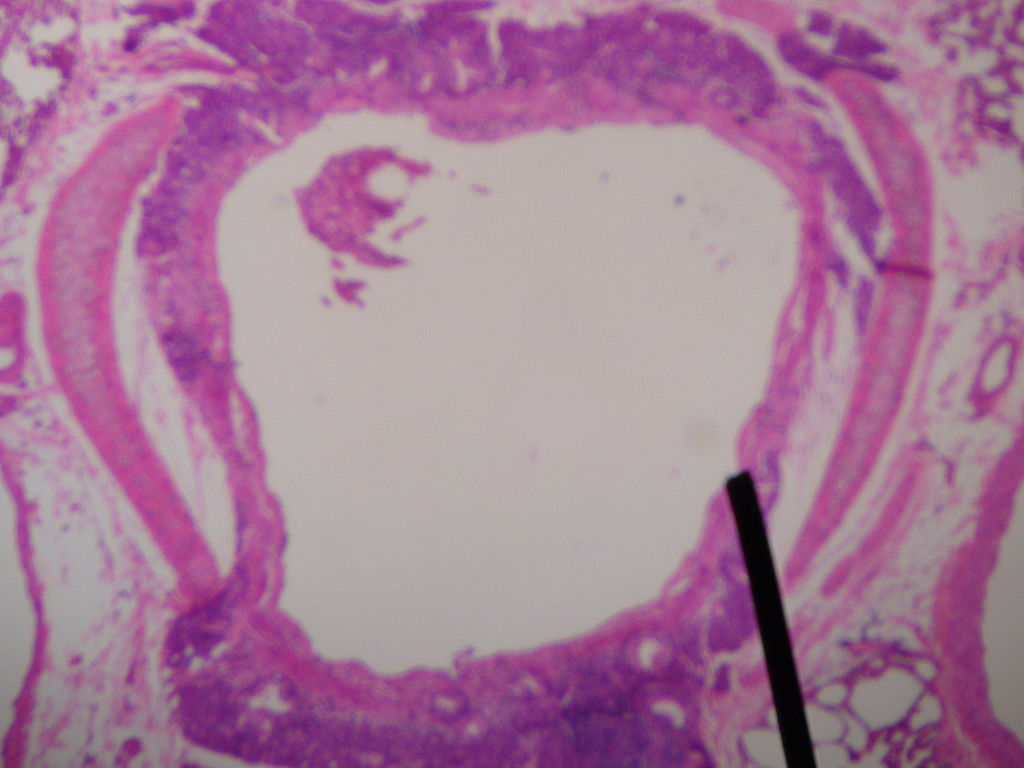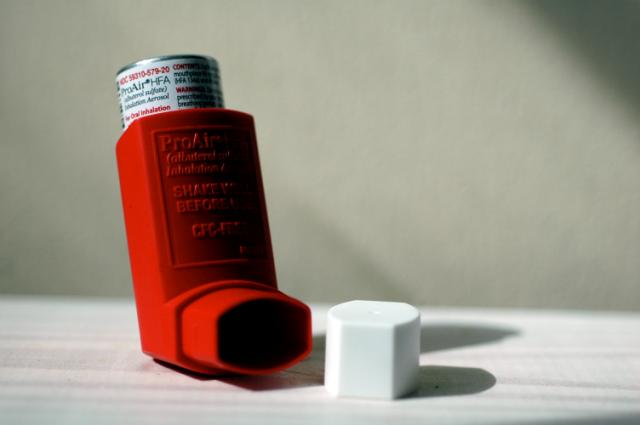Playlist
Show Playlist
Hide Playlist
Dyspnea: History
-
Slides OverviewOnDyspnea RespiratoryPathology.pdf
-
Download Lecture Overview
00:00 History. Is the dyspnoea acute or chronic? Well, acute onset suggest infection or maybe PE. So, imagine, let's say your patient has, what sign is it? Homan's sign in which there is pain in the calf upon dorsiflexion. This then indicate your patient may have DVT. And whenever you have patient that has DVT, that thrombus might then break off, may result in a massive saddle embolus in which, what your patient is doing? Rapid shallow breathing. 00:30 Acute onset of rapid shallow breathing, understand your patient is still remaining hypoxic that is important. Chronic is more consistent with COPD or maybe perhaps interstitial lung disease and we will get into that when we talk about fibrosis. 00:45 What about the dyspnoea? Well, does it occur while doing something in particular? Was there exposure that was taking place maybe to an allergen and what not? And that will then tell you what caused the dyspnoea in that case. Dyspnoea with exertion, present before dyspnoea at rest. Now, that is important for understanding. That dyspnoea, did it occur with increased exertion or did it occur at rest? So therefore, you are thinking more along the lines of maybe heart issues. If it is also the heart and if there is dyspnoea with lying down, this to you indicates orthopnea. What does that mean? “Hey, doc, I bought this lovely bed. I saved up all my money so that I could then buy this for Christmas, but now, I can’t even use the bed. In fact, I have to sleep on my reclining chair." What is this? Orthopnea. Why? If it is CHF, then lying down, there is going to be increased accumulation of fluid or edema in the lungs. So therefore, you sit up, and so with that angle, you will be able to drain some of that fluid. It's called orthopnea. 01:44 Dyspnoea while standing. What’s this? Platypnea. Common with AV malformations or hepatopulmonary syndromes and by this we mean, that if the individual’s AV malformations. For example, say that you are moving from the arteries and you don’t have your capillaries and you moved into your veins. It's called AV malformations. Now, that could be genetic and when they are, imagine you are dyspnoea even during standing because you are not able to properly do what? Not properly have gas exchange. That’s my problem because you don’t have, take a look at the word A or abbreviation, AVM. Arterial venous malformation. 02:24 What do you not see there? The capillaries. But, you must have capillaries for proper gas exchange. Spend a little bit of time, make sure you know the positioning of your patient.
About the Lecture
The lecture Dyspnea: History by Carlo Raj, MD is from the course Introduction to Pulmonary Pathology.
Included Quiz Questions
Which of the following conditions is associated with chronic dyspnea?
- COPD
- Infection
- Pulmonary embolism
- Inflammation
- Acute pulmonary edema
Which of the following conditions is associated with dyspnea while standing?
- Arterio-venous malformations
- Acute asthmatic attack
- Acute pulmonary edema
- Infection
- Heart failure
Customer reviews
5,0 of 5 stars
| 5 Stars |
|
5 |
| 4 Stars |
|
0 |
| 3 Stars |
|
0 |
| 2 Stars |
|
0 |
| 1 Star |
|
0 |







